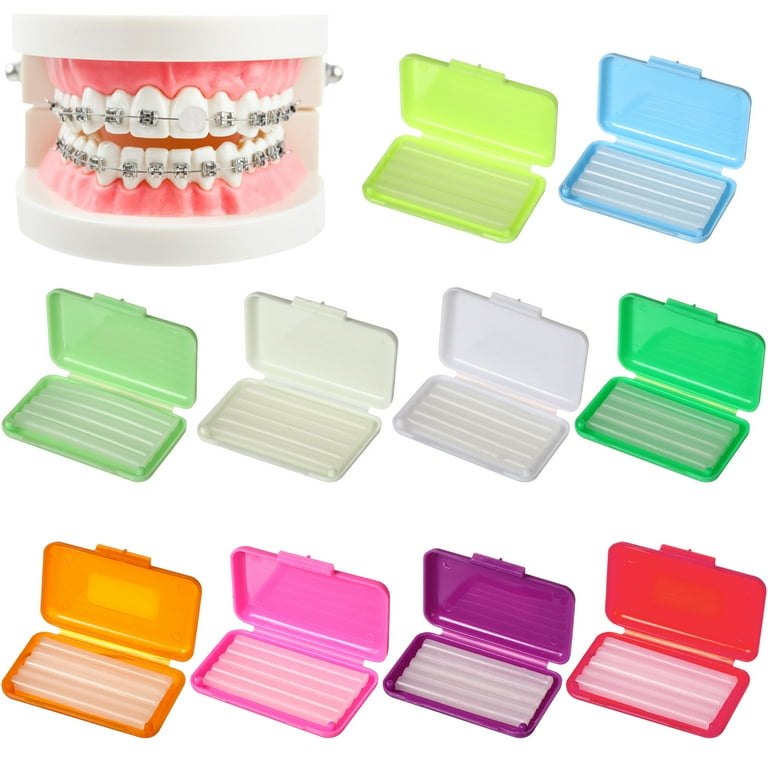How Cumming Orthodontics Addresses Common Braces and Invisalign Concerns
Wiki Article
Comprehensive Overview to Orthodontics Procedures for Fixing Dental Imbalances
In the realm of orthodontics, the journey to attaining a flawlessly aligned smile involves a myriad of procedures tailored to remedy oral imbalances. From typical braces to unnoticeable aligners and even surgical choices, the field of orthodontics provides a series of options to address varying levels of dental irregularities. Comprehending the details of each treatment, including their systems, benefits, and prospective disadvantages, is important in making informed decisions concerning one's orthodontic treatment. As we navigate via the extensive overview to orthodontic procedures for fixing dental imbalances, the elaborate details of each technique will unravel, clarifying the path toward a unified and useful dental positioning.Orthodontic Procedures Summary

Routine adjustments and surveillance are important parts of orthodontic treatment to ensure progression is on track and to make any kind of essential modifications along the means. By undertaking orthodontic treatments, individuals can not only attain a straighter smile but also improve their total oral wellness and feature.
Conventional Dental Braces: How They Work
When thinking about orthodontic therapies for dental misalignments, typical dental braces stand out as a tried and true method for dealing with teeth placing. Conventional braces are composed of brackets, wires, and bands that work with each other to use continuous pressure on the teeth, slowly relocating them into the preferred placement.
As pressure is applied to the teeth via the dental braces, the bone surrounding the teeth is improved to sustain the new tooth positions. People will require routine adjustments at the orthodontist's office to make certain the braces proceed to apply the correct stress for reliable teeth motion.
Invisible Aligners: Benefits And Drawbacks
These clear, custom-made trays are virtually unseen when used, making them an enticing option for people looking for a much more aesthetically pleasing orthodontic therapy. Individuals can get rid of the aligners prior to consuming or cleaning their teeth, lowering the risk of food getting stuck in the appliance and simplifying the cleaning procedure.
Surgical Orthodontic Options
Surgical interventions in orthodontics existing feasible alternatives for addressing complex why not find out more oral imbalances that may not be properly settled with standard orthodontic treatments. While unseen aligners and conventional dental braces can fix lots of orthodontic concerns, certain situations call for surgical treatment to accomplish ideal results. Surgical orthodontic options are generally suggested for serious malocclusions, significant jaw discrepancies, and situations where the underlying bone framework requires adjustment to achieve proper alignment.One typical medical orthodontic procedure is orthognathic surgical treatment, which involves rearranging the jaws to remedy functional issues such as trouble chewing or speaking. This surgical procedure is frequently performed in collaboration with an orthodontist who assists align the teeth before and after the procedure. Surgical orthodontics may likewise include procedures to reveal impacted teeth, remove excess gum cells, or reshape the jawbone to develop a much more harmonious facial profile.
Prior to considering surgical orthodontic choices, people undergo a thorough examination to figure out the need and prospective benefits of such interventions. braces. While surgery may seem overwhelming, it can substantially enhance both the feature and looks of the smile in cases where standard orthodontic treatments fall short
Retainers and Post-Treatment Treatment

Post-treatment treatment involves complying with the orthodontist's guidelines diligently. This may consist of appropriate dental hygiene methods, attending follow-up appointments, and putting on the retainers as clinic dental suggested. Failing to follow post-treatment care instructions can lead to relapse, where the teeth progressively return towards their original settings. Regular retainer wear, great dental hygiene, and regular dental check-ups are crucial for keeping the results attained with orthodontic surgery and guaranteeing the long-term security of the corrected dental positioning.
Verdict
In conclusion, orthodontic procedures provide various options for remedying oral misalignments. Surgical orthodontic alternatives are readily available for more extreme imbalances. On the whole, orthodontic treatments can efficiently improve dental health and visual appearance.As we browse with the thorough guide to orthodontic treatments for fixing dental misalignments, the detailed details of each approach will unravel, dropping light on the course toward a functional and unified oral positioning. - cumming orthodontics
One of the most common orthodontic therapies is the usage of Discover More Here braces, which are composed of steel braces and cables that apply mild pressure to gradually change teeth right into the wanted setting.When taking into consideration orthodontic treatments for oral imbalances, traditional dental braces stand out as a time-tested method for fixing teeth placing. In addition, unseen aligners might not be suitable for complicated orthodontic problems that call for more significant teeth movement, as they are commonly recommended for light to moderate cases. Retainers are personalized orthodontic tools designed to hold teeth in their corrected positions after the conclusion of orthodontic therapy.
Report this wiki page